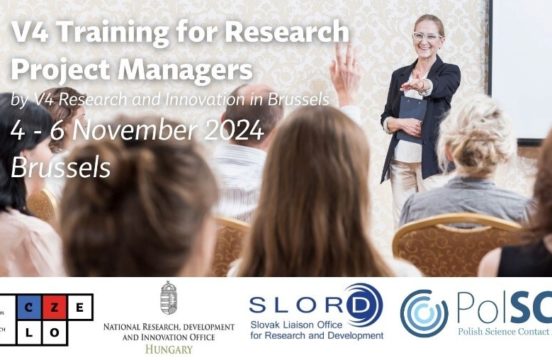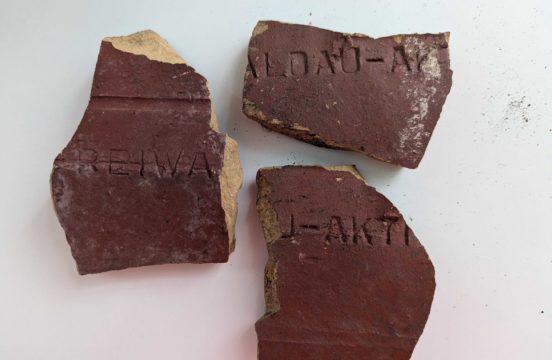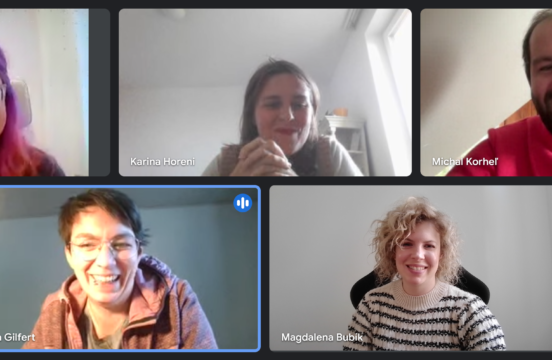Recently, our project manager and facilitator, Angelika Zanki, participated in a project management training in Brussels, focusing on fundraising, budgeting, and reporting. The training emphasized international projects within the EU framework programs, similar to our own.
The 3-day training, held from November 4-6, 2024, featured presentations by representatives from the European Commission, experts from liaison offices, and academic centers. Participants also had the chance to network and exchange experiences. Angelika found the opportunity to meet key Polish stakeholders in Brussels particularly valuable, including Magdalena Kula, Research Attaché at the Permanent Representation of Poland, and Waldemar Dubaniowski, director of the NCBR Brussels office. Additionally, there was a session on the PM2 methodology, conducted by Marc Berghmans.

Angelika was thrilled to attend this event. As she regularly participates in various trainings to improve her competencies for the ERC StG grant, we encourage you to frequently visit our website and Facebook profile, which she manages.
The “V4 Training” was co-organized by the Polish Science Contact Agency “PolSCA,” the Czech Liaison Office for Education and Research in Brussels (CZELO), the National Office for Research, Development and Innovation in Hungary (NRDIO), and the Slovak Liaison Office for Research and Development in Brussels (SLORD).






















